Australia’s largest public museum organisation, Museums Victoria, has amassed over 17 million collections items. Established in 1854, its been working to bring history, culture, art and science to the Southern Hemisphere.
Because this museum is home to so many valuable collections, Museums Victoria staff like Matthew Cercone have important jobs ensuring the items in the museum are housed in the right environment.
 Museums need to be kept at very specific temperatures to provide the best conditions for the long term life of the collection objects.
Museums need to be kept at very specific temperatures to provide the best conditions for the long term life of the collection objects.
The challenge
A museum’s atmosphere is incredibly sensitive. On one hand, the collections on display need to be kept in conditions that will prevent them from deteriorating. On the other, the climate must be comfortable for those visiting or working there.
The most critical areas to monitor are the collection stores. There are over 30 different stores, each with different requirements depending on the material. For example, there might be rocks in one store that need moderate humidity and a stable temperature, whereas a film store requires a lower temperature and low level of humidity.
Museums Victoria have chosen to use testo Saveris 1 to monitor the stores every five minutes to record fluctuations, as stable conditions are vital for the long term preservation of museum collections. If the temperature changes by more than two degrees in 24 hours, that’s determined a risk that needs to be addressed.
That’s because the temperature controls is one of the ten ‘agents of deterioration’ which can cause early decay of an item. That means ensuring the temperature and humidity is right for each collection is crucial to making sure the items are preserved for many years. When temperature and humidity fluctuates, it can cause the items to decay faster.
A manually downloaded logging system was not giving the conservators the data required in an acceptable timeframe to diagnose and rectify any environmental conditions issues in real time. The conservators needed a way to get up-to-date information to see what was going on in the stores.
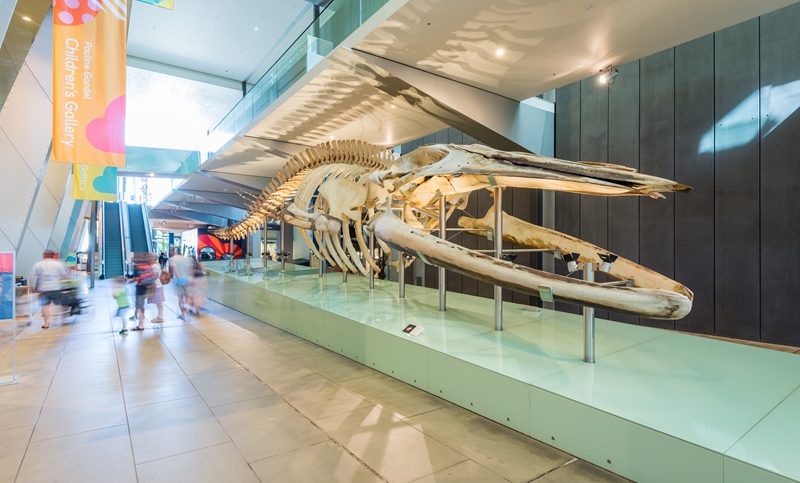 Giving conservators up-to-date information on environmental conditions is vital to better preserving priceless historical collections.
Giving conservators up-to-date information on environmental conditions is vital to better preserving priceless historical collections.
Without the testo Saveris 1, the job the the conservators’ job would be much harder to monitor these risks.
The solution
Matthew explains that without the testo Saveris 1, the job of maintaining the environmental controls would be much harder to. The Testo system works alongside the Building Management System, a complex system the controls the temperature and humidity across the entire museum. The Testo system, with its easy-to-use software, enables the museum staff to add loggers, record the environmental conditions in the stores and allows the team to review data in real time without having to log into the complex air conditioning control system.
A member of the conservation team then takes the Testo information and examines how everything is performing so they can then pass those conditions on to any relevant parties.
Testo Saveris 1 – The advantages
The Saveris 1 allows the museum staff to view up-to-date data from within its many collection stores and allows the long term storage and analysis of the data to assist in predicting environmental trends within their collections stores, improving the way the whole museum approaches long term collection care. To learn more about the how the testo Saveris 1 can improve the efficiency of the environment you manage, contact our knowledgeable team today.




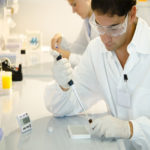
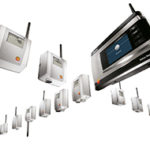
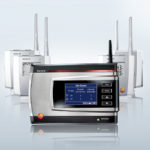
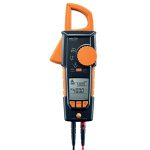

 Reduce cooking oil costs while ensuring quality
Reduce cooking oil costs while ensuring quality Expert knowledge on CO2 monitoring
Expert knowledge on CO2 monitoring Refrigeration knowledge - in 3 modules
Refrigeration knowledge - in 3 modules



